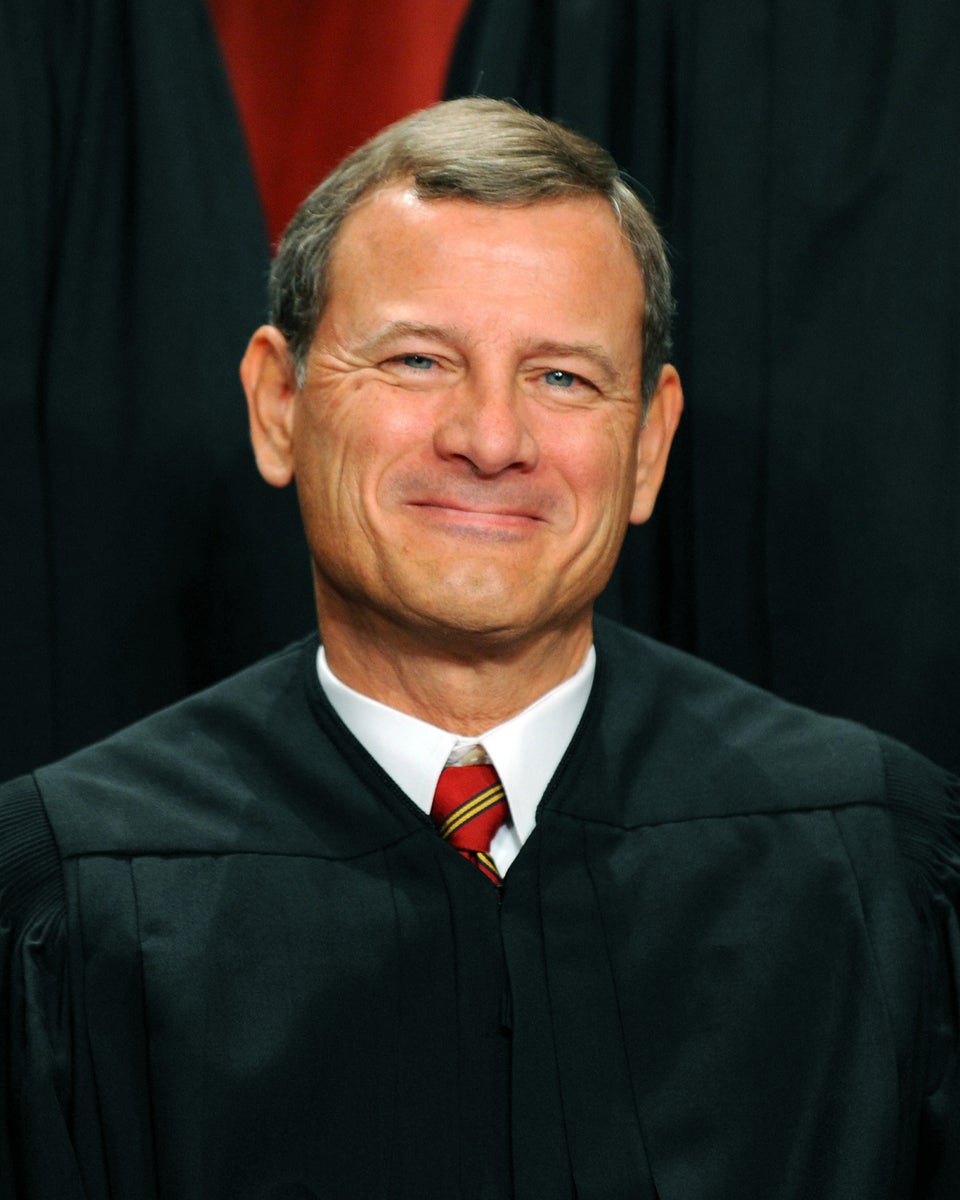WASHINGTON -- Since 1965, the federal government has required certain states and localities to obtain permission from the Justice Department before making changes to their election processes, on the grounds that those areas have a history of discrimination. But on Tuesday, the Supreme Court threw out the Voting Rights Act's list of covered jurisdictions, handing Congress the monumental task of coming up with a new formula.
"I am calling on Congress to pass legislation to ensure every American has equal access to the polls," said President Barack Obama. "My Administration will continue to do everything in its power to ensure a fair and equal voting process."
"As Chairman of the Judiciary Committee, I intend to take immediate action to ensure that we will have a strong and reconstituted Voting Rights Act that protects against racial discrimination in voting," said Sen. Patrick Leahy (D-Vt.) in a fiery statement that sharply condemned the ruling issued by Chief Justice John Roberts.
When asked for comment, House Speaker John Boehner's (R-Ohio) office said it would be deferring to House Administration Committee Candice Miller (R-Mich.) and Judiciary Committee Chair Bob Goodlatte (R-Va.).
Miller, in a statement, did not shine light on her plans moving forward, but said, "While I have supported this provision of the Voting Rights Act in the past, I respect the Court's decision and am heartened that the Court has left the rest of this landmark civil rights legislation intact."
A spokesperson for Goodlatte declined to say whether the congressman would be pursuing updated coverage criteria.
Another leader in this fight will no doubt be Rep. James Sensenbrenner (R-Wis.), who has been one of the most outspoken advocates of the VRA. In 2006, he and Sen. Arlen Specter (R-Pa.) led the successful push to renew the VRA for another 25 years.
In a March interview with The Huffington Post, Sensenbrenner said he and other lawmakers concluded that there was ample evidence that discrimination was still taking place, warranting a renewal of the VRA -- without any tinkering to the preclearance formula devised in 1965. He said he was optimistic that Congress would be able to come together, however, if the Supreme Court demanded changes.
"It was one of the trans-Atlantic passenger shipping lines that said, 'Getting there is half the fun.' That's the experience I've had with the Voting Rights Act and all of its mutations since I've been in Congress," Sensenbrenner said. "I think by the time the debate is concluded, there will be a very bipartisan consensus that if there is an amendment needed to Section 5 to keep it viable, the votes will be overwhelming."
Section 5 is arguably the heart of the VRA. It requires covered states and localities with a history of discrimination to seek pre-clearance from the Justice Department or a special federal court for electoral changes. But Section 4 is the part of the law that determines which areas are covered.
"I will reiterate that if the court says that Section 5 is fixable in an adverse decision, Congress has an obligation to fix it," Sensenbrenner said in March.
Sen. Chuck Schumer (D-N.Y.) on Tuesday was more pessimistic.
"Make no mistake about it, this is a backdoor way to gut the Voting Rights Act. As long as Republicans have a majority in the House and Democrats don't have 60 votes in the Senate, there will be no preclearance," he said.
In 2006, Congress renewed the Voting Rights Act for another 25 years. The vote was 98-0 in the Senate and 390-33 in the House.
But even then, some members of Congress, especially those who represented covered jurisdictions, put up a fight when given an opportunity to amend the act and exempt some areas from the preclearance requirement.
Roberts, writing for the five-member majority on Tuesday, concluded that the jurisdictions originally covered by the VRA are no longer as discriminatory as they were in 1965.
"By 2009, 'the racial gap in voter registration and turnout [was] lower in the States originally covered by [Section 5] than it [was] nationwide," he wrote.
But advocates of the current formula have argued that such statements are based on a misunderstanding of the VRA.
"The idea was to end the discrimination itself, not just the symptom of it, which was low registration and turnout," Julie Fernandes, who helped lead the civil rights community's push to reauthorize the VRA while at the Leadership Conference on Civil and Human Rights in 2006, told The Huffington Post in April.
"Throwing out preclearance when it has worked and is continuing to work to stop discriminatory changes is like throwing away your umbrella in a rainstorm because you are not getting wet," wrote Justice Ruth Bader Ginsburg in her dissent on Tuesday.
Part of Congress' struggle in coming up with a new preclearance formula (apart from the partisan gridlock that has stymied most legislation) is that in 2006, it determined that the current jurisdictions still need to be covered. Therefore, a new formula runs the risk of excluding those areas that Congress found to be discriminatory.
From Ginsburg's dissent:
Consider once again the components of the record before Congress in 2006. The coverage provision identified a known list of places with an undisputed history of serious problems with racial discrimination in voting. ...
There was extensive evidence that, due to the preclearance mechanism, conditions in the covered jurisdictions had notably improved. And there was evidence that preclearance was still having a substantial real-world effect, having stopped hundreds of discriminatory voting changes in the covered jurisdictions since the last reauthorization. In addition, there was evidence that racial polarization in voting was higher in covered jurisdictions than elsewhere, increasing the vulnerability of minority citizens in those jurisdictions. And countless witnesses, reports, and case studies documented continuing problems with voting discrimination in those jurisdictions.
In light of this record, Congress had more than a reasonable basis to conclude that the existing coverage formula was not out of sync with conditions on the ground in covered areas.
Sherrilyn Ifill, president of the NAACP Legal Defense and Educational Fund, pointed out in a statement responding to the ruling that in 2006, Congress amassed a 15,000-page record in support of its judgment that minority voters in certain areas still needed extra protections.
"I don't think we'd be able to come up with a remedy that would satisfy the Supreme Court," Rep. Mel Watt (D-N.C.) told reporters on Tuesday. "If 15,000 pages isn't enough ... what would be enough?"
Sabrina Siddiqui and Sam Stein contributed reporting.

